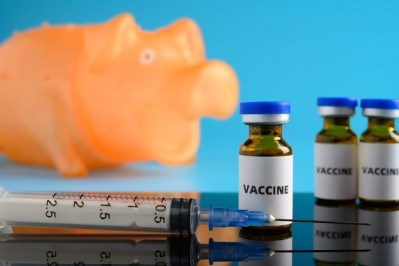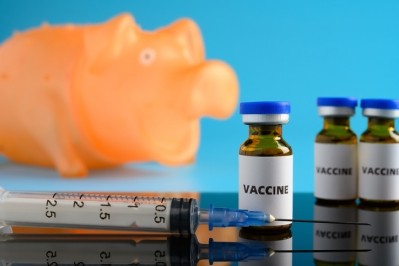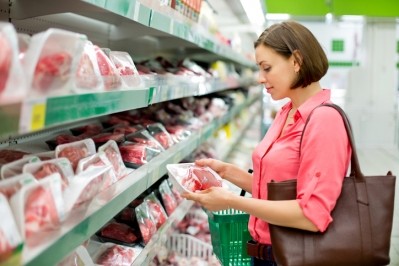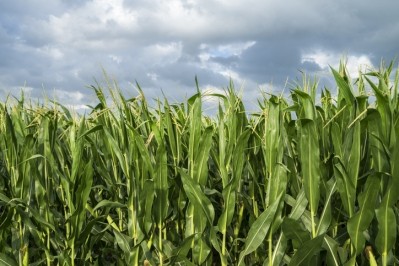COVID-19 and ASF remain key challenges for global pork industry
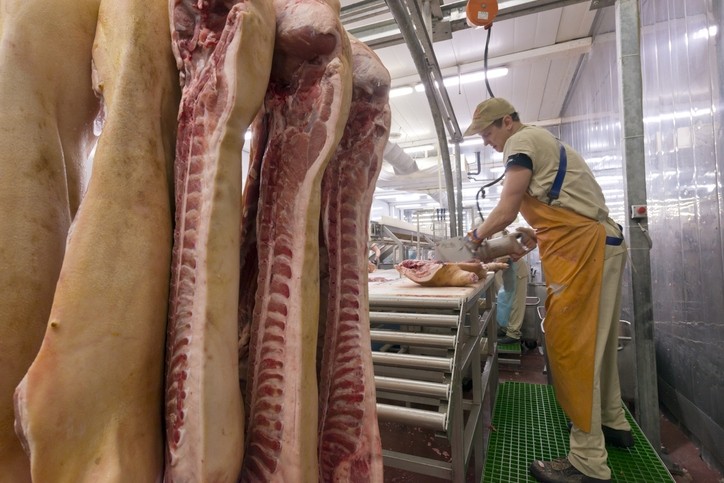
The many changes the pandemic created in supply chain management and consumption patterns will keep evolving. Input costs will continue to rise, and global trade will likely decline, finds the latest pork industry outlook from Rabobank.
The slowing global economy will have more visible consequences in 2022, and price inflation of consumer goods will put extra pressure on consumers’ wallets.
The threat from pig diseases has not gone away either, with African swine fever (ASF) proving to be still another major uncertainty for pork production; the impact of ASF varies regionally.
“In Europe, ASF has spread to new countries in recent months, challenging 2022 European production. In Asia, ASF continues to spread in China, but the impact is much lower than in 2020,” noted Chenjun Pan, senior analyst, animal protein, Rabobank.
Input costs continue to rise
Shipping rates, energy prices, and feed grain prices, together with labor costs, are challenging pork supply chains.
“In a slowing economy, producers and processors are finding it difficult to pass on all additional costs to consumers, so margins will be under pressure,” added Pan.
Input costs, particularly feed and transportation costs, will stay inflated in 2022, according to the analysts.
Dry weather in Brazil, 2021 flooding in China, low inventory around the globe, and the uncertain impact of the Tonga volcanic eruption all imply that input costs could rise further. This would impose extra downward pressure on margins and profitability, they said.
Labor issues remain a challenge in North America and some European countries.
Global trade set to decline
Global pork imports and exports will likely decline from 2021 levels, mainly driven by reductions in China’s import demand as local production recovers, expect the Rabobank team.
Although traditional importing countries – mainly Japan and South Korea, plus some new importing countries – will likely increase imports, major exporters will need to find a new balance between supply and demand, they outlined.
“Despite ASF’s spread, we expect production in some Asian countries to continue recovering. In China, Vietnam, and the Philippines, the declining demand for imports is a result of better domestic production,” said Pan.
